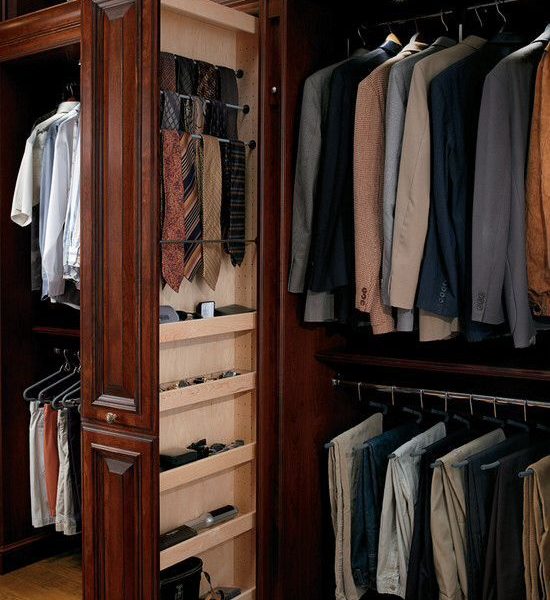
Apparently, people in fashion are just like us. Despite having closets overflowing with options, most people in this business rely on the same pieces day-to-day.
Part of it is about practicality. Who really has time to coordinate all the outerwear and off-color pants we once aspired to wear, but now just sit untouched in our closets? Most of us have a handful of good outfits cataloged in our head, which we cycle through every week and hope nobody notices. Vogue ran a story about this earlier this year:
Like an exploding volcano of denim and satin, a tidal wave of cashmere and cotton, our clothes threaten to overtake our tiny apartments, to bury us alive under tees and trousers. This wouldn’t be so bad, maybe, if we actually wore all this stuff, if 365 days meant 365 different outfits—730 if we changed for evening! But nooo. In fact, most of us rely on a few favorites in serious rotation, leaving the rest of the orphans in the closet begging for crumbs.
To judge just how severe this situation has become, and with spring in full flower and the temptation to buy still more!—more!—beckoning from every shop and laptop, I asked some of my Vogue colleagues to share with me what it is they actually wear from their bursting closets.
The Vogue story is about womenswear, so we decided to pose the same question to stylish figures in the menswear trade. This post isn’t about wardrobe essentials – a tired theme that ought to be retired – but rather the personal habits of certain people who inspire us. With all the options they have in their wardrobes, what do they truly wear?
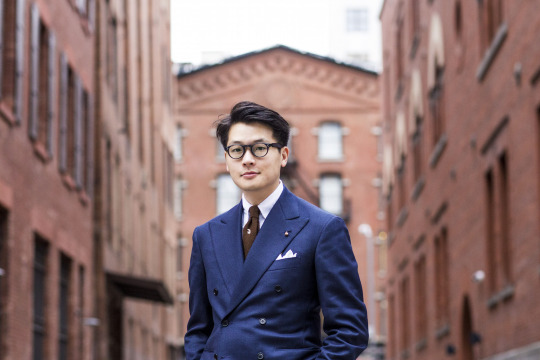
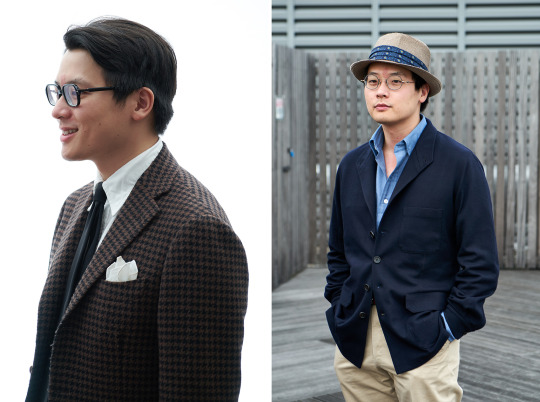
Mark Cho, Co-Founder of The Armoury
Given my work, I rotate through a lot of clothing depending on what we have in-store, but there are a few things that almost always make it into my weekly rotation.
The first are chinos either in khaki or olive. I wear our Army Chino, which is cut with a full leg and medium-high rise. I tend to pair it with short, casual jackets such as our Ring Jacket A-1 bomber or house label City Hunter. They also work with button-down shirts, polos, sneakers, and loafers.
The second is a navy suit. I have a double-breasted, wool-mohair blend suit from Ciccio, which has carried me through countless occasions where I need to look a little sharper without standing out too much. I wear this about once a week.
The third is some kind of “fancy” sport coat. I think people can get too carried away with trying to make everything as versatile as possible. Sometimes, it’s great to just have something that reflects a love for cloth and design. I like larger scale patterns for winter and smaller scale patterns for summer. Larger for winter because I find those patterns work well in tweeds and fuzzier, woolen fabrics. For the summer, I like smaller, crisper patterns in wool and wool-linen-silk blends. Life’s too short to only wear plain navy.
Finally, I like things in olive. Just as most men feel compelled to keep some navy as part of their weekly rotation, I try to have something in olive. I have a few pairs of olive trousers in different weights and cuts for this purpose. They pair well with jackets in tan, light brown, and dark blue.
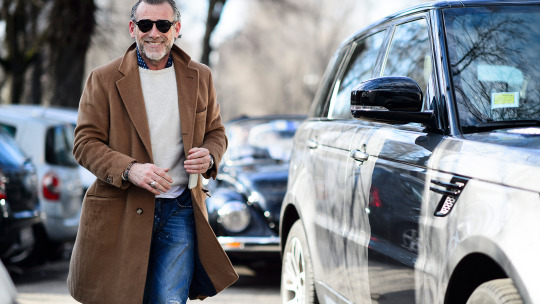
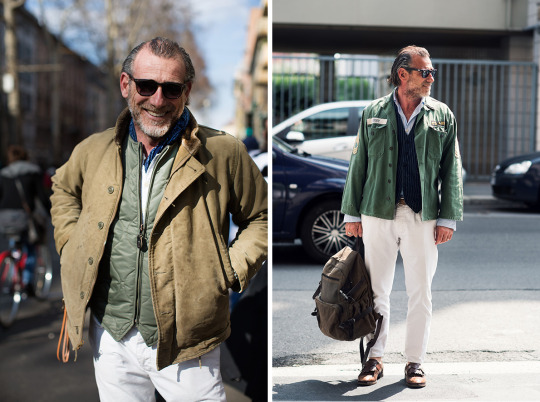
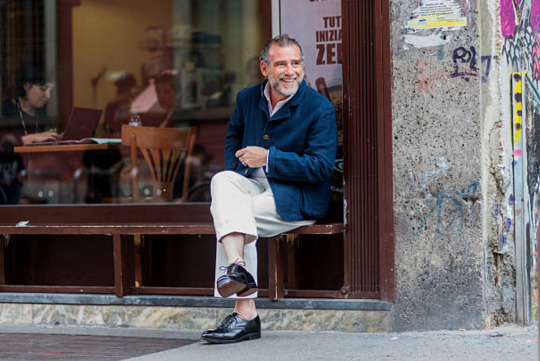
Alessandro Squarzi, Founder of Fortela
My style has always remained the same over the years. I like to call it gypsy-classic – a mix between my classic roots and love for vintage militaria, denim, and Navajo jewelry. My everyday pieces include white pants, vintage military shirts, a vintage Elephant bandanas, and Navajo charms. These are like second skin for me year-round.
In the winter, I often wear my father’s camel coat. It’s an evergreen piece – always elegant. In the summer, my uniform includes raw Fortela jeans and a white t-shirt. I’m also a big fan of English and American shoes. Edward Green and Alden are my first choices, but if I have to wear sneakers, it’s always Vans.
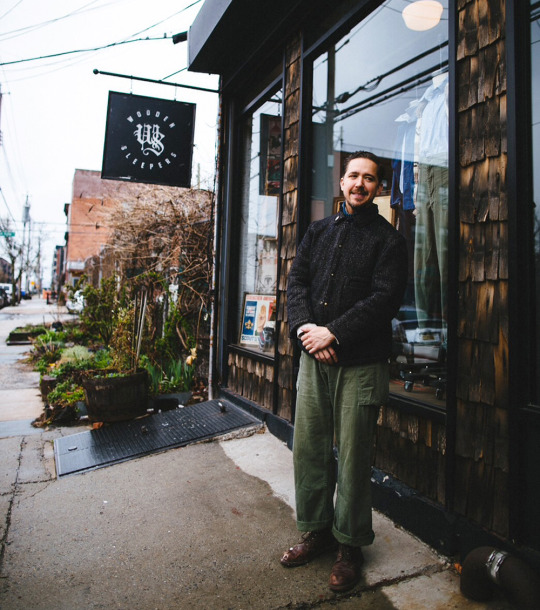
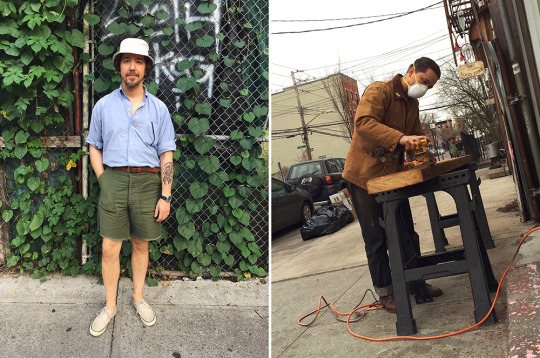
Brian Davis, Founder of Wooden Sleepers
Summer in NYC is brutal. It’s hot, humid, and generally unbearable, so I try to balance between comfort and style. For footwear, I rotate between Sperry CPO sneakers and Clark’s desert boots. Shirts, I stick with vintage OCBDs and madras button-ups from Brooks Brothers; pants are either cut-off military chinos from the 1960s or cutoff fatigues in OG-107 cloth. For the rare, cool summer evening, I keep a vintage Vietnam-era jungle jacket or French workwear jacket on-hand for layering. Everything is loose-fit and designed for the punishing heat.
NYC winters can be equally brutal, so a good pair of boots is a must. I go between two pairs of Chippewa service boots – one in black, the other in brown. I don’t wear denim in the summer, so once the temperatures drop, I’m on a never-ending mission to find jeans with the highest rise and fullest cut possible. Right now, I rotate between RRL’s straight-leg cut, The Real McCoy’s Lot. 003, and Levi’s Vintage Clothing 1955 501s.
Fall and winter are my favorite seasons because I get to break out my vintage grails – a Brown’s Beach jacket from the 1950s, USN deck jacket from the ‘40s, and an N-3b parka. But since we’re being totally honest, I mostly just end up throwing on an $80 Carhartt duck chore coat my mother-in-law gifted me a few years ago for Christmas. I layer it over a thermal-lined hoodie if I need a little extra warmth. I also wear a navy watch cap every day, which I bought for $15, as well as some kind of work shirt – flannel or chambray, mostly. Fall and winter style for me is about utility.
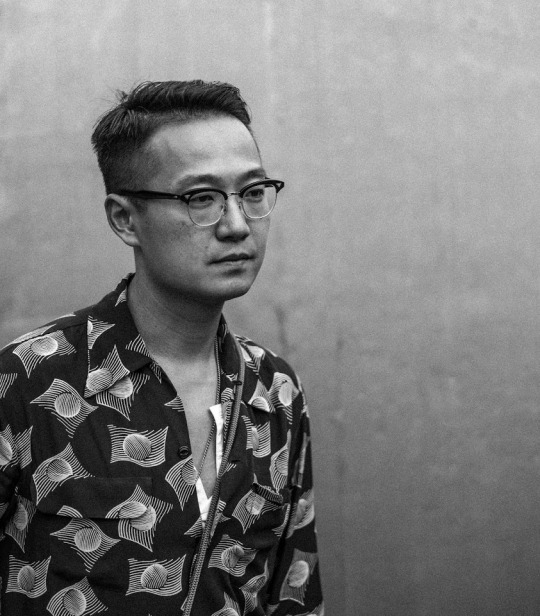
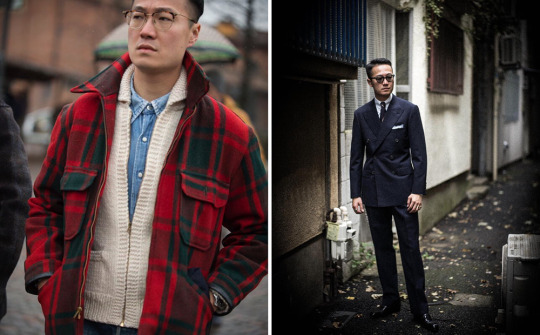
Kenji Cheung, Co-Founder of Bryceland’s
Vintage eyewear is important to me, and I use my frames to complement whatever I’m wearing for the day. Browline frames go well with Ivy Style tailoring (navy or tweed sport coats, which I wear with vintage Levi’s or our Bryceland’s jeans). A classic, 1950s, thick French-style frame also goes well with oxford-cloth button-down shirts, high-waist trousers, and a vintage jacket in either denim or leather.
I’m also obsessed with vintage Rolexes and Native American ingot silver jewelry. I find they look great with classic tailoring and/ or vintage outfits (or a mix of the two). A gold bubble-back Rolex goes well with a navy two-piece suit. Likewise, a Native American pin can be a nice touch on the lapel of a three-piece, dark gray, worsted suit. I wear one with a 20th-century, sterling silver, hunting pocket-watch and a thick whirling log bracelet.
Come back tomorrow for part two of this series, where we cover four more of our favorite people in the menswear trade.
